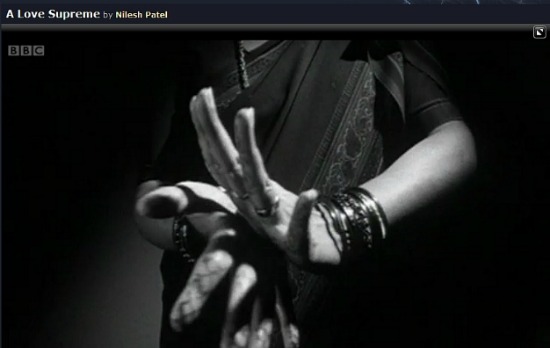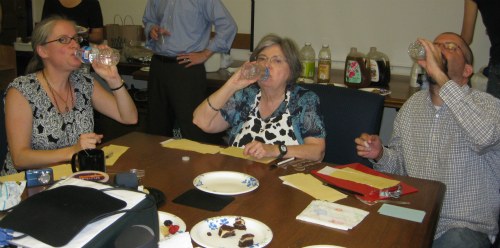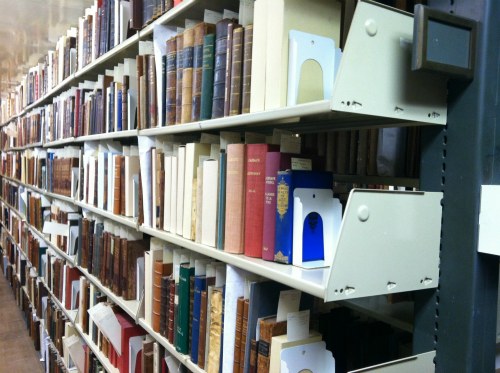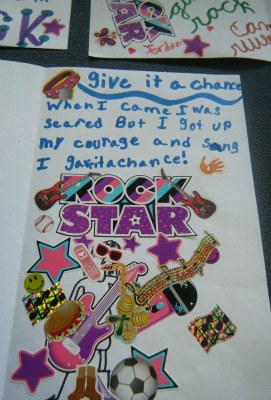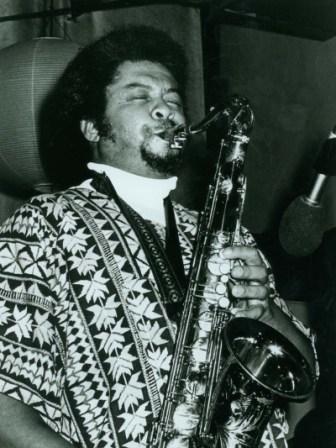 Last Tuesday, legendary jazz saxophonist, arranger, and composer Frank Foster died at the age of 82. The RBMSCL’s Jazz Archive holds Dr. Foster’s papers, which include handwritten scores of many of his compositions (including “Shiny Stockings,” written for the Count Basie Orchestra) and audio recordings of concerts. Several of our staff members had the good fortune to work closely with both Dr. Foster and his papers, and they have offered their thoughts on his passing and his legacy:
Last Tuesday, legendary jazz saxophonist, arranger, and composer Frank Foster died at the age of 82. The RBMSCL’s Jazz Archive holds Dr. Foster’s papers, which include handwritten scores of many of his compositions (including “Shiny Stockings,” written for the Count Basie Orchestra) and audio recordings of concerts. Several of our staff members had the good fortune to work closely with both Dr. Foster and his papers, and they have offered their thoughts on his passing and his legacy:
“When the Jazz Archive at Duke was first getting started, we were trying to build Duke’s holdings of manuscript big band arrangements—compositions that otherwise wouldn’t be widely available for study or performance. Frank Foster was an obvious person to reach out to, as he was one of the most significant composers and arrangers in the entire history of jazz. Through John Brown, I was able to reach out to Dr. Foster, and he generously donated the vast collection of materials that now comprise the Frank Foster Papers. Manuscript arrangements, audio and moving image recordings, photographs, and a large collection of personal papers—including drafts of his autobiography and other of Dr. Foster’s many prose writings—are now available for study and research. Although jazz has lost a phenomenal musician and a genuinely kind human being, I’m proud to know that the Frank Foster Papers at Duke University will help to ensure that his music and his legacy live on into the future.”
—Jeremy Smith, former Jazz Archivist for the RBMSCL
“My experience with the Frank Foster Papers involved listening to and digitizing cassette and open reel tapes of live concerts, interviews and lessons. These audio documents paint a picture of a man deeply committed to furthering America’s unique art form through performance, composition, and education. His legacy will be felt through his teaching of jazz improvisation and arrangement, and will be carried on by those he has touched.”
—Zeke Graves, Perkins Library Research Services Assistant
“The Duke community was enriched by its relationship with Frank Foster. The collection of his papers in the Jazz Archive will ensure that his presence continues to be felt here in the Triangle and that scholars and students in future generations will be able to study and learn from his work.”
—Naomi Nelson, Director of the RBMSCL
Additional Resources:
- Obituaries for Frank Foster:
- The Durham Herald-Sun‘s article about the Frank Foster Papers and the Duke Jazz Ensemble’s October 2010 concert featuring pieces arranged by Dr. Foster for the ensemble.




